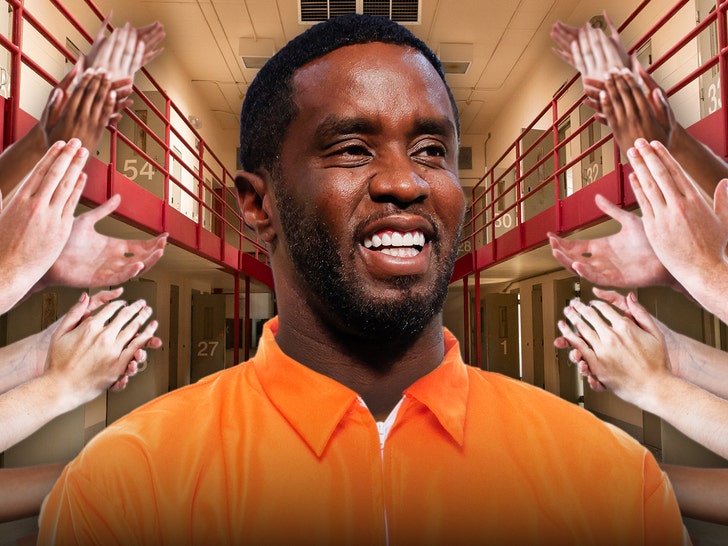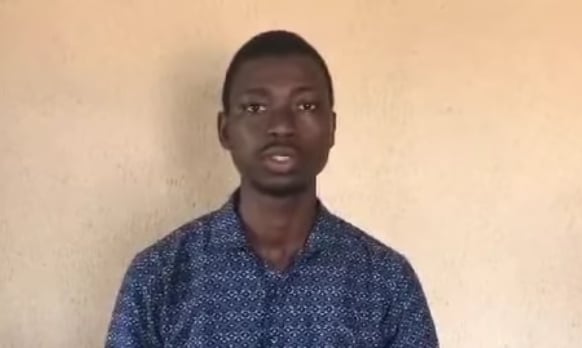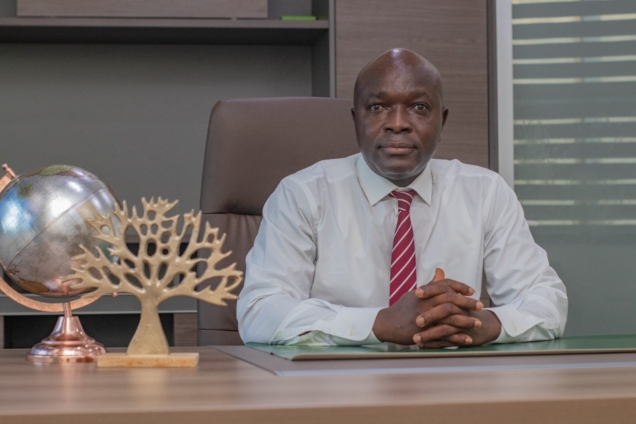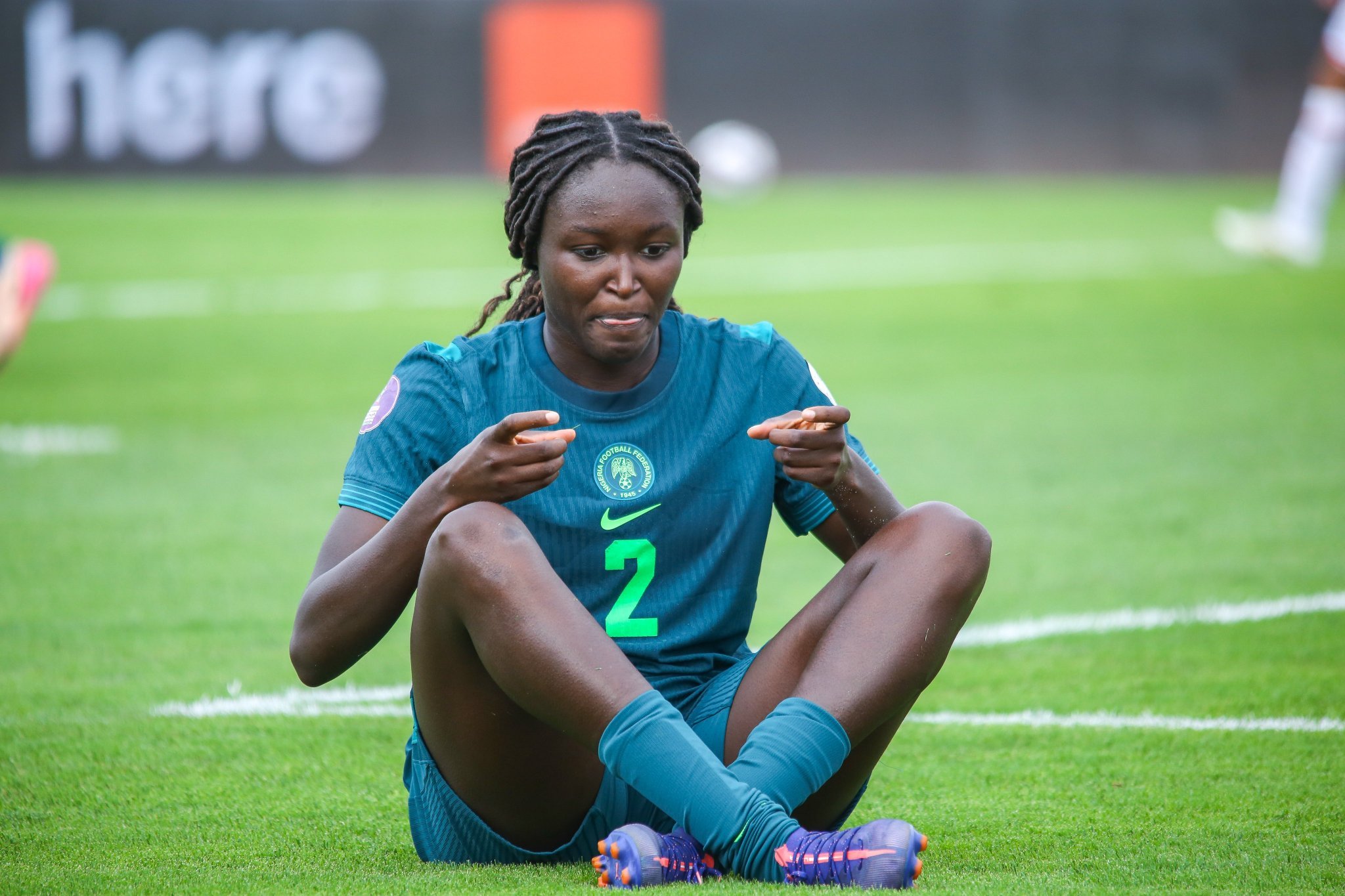PBS Defunding: What Parents Need to Know
In early May 2025, the Trump administration issued an executive order that called for an end to federal funding for NPR and PBS—the country’s primary public broadcasters. This represents a cut of $1.1 billion in federal funding provided to the Corporation for Public Broadcasting (CPB), which helps fund PBS, explains Robin Berlinsky, MS, founder of The Abundant Nonprofit and adjunct professor in the School of Education at The College of Charleston.
Shortly after the executive order, the CPB said in a statement that the Department of Education had terminated a federal grant program known as Ready to Learn. This program helped fund some programming for PBS and was approved by the first Trump administration.
Here’s what you need to know about these cuts including how they will impact children’s programming and what parents can do in response.
To defend the cuts, the presidential administration issued an executive order that states that neither PBS or NPR presents “a fair, accurate, or unbiased portrayal of current events to taxpaying citizens.” Experts however, offer different points of view regarding the purpose of these public programming stations.
“Another perspective might see PBS and NPR programming as shared social investments in the provision of high-quality, evidence-based information that is not dependent upon a user’s ability to pay,” says Jamie Shenton, PhD, an associate professor of anthropology at Centre College in Kentucky who researches social media, political discourse, and identity.
The proposed funding cuts are part of a larger package of cuts and still need to be approved by Congress. But the Department of Education already cut its Ready to Learn program which helps fund some programs for PBS KIDS.
According to a study conducted by Pew Research in March 2025, only about one-quarter of adults in the U.S., or 24%, say NPR and PBS should no longer receive federal funding. Meanwhile, 43% say NPR and PBS should continue to receive funds and 33% indicate they are unsure.
PBS KIDS has received funding through the Department of Education’s Ready to Learn grant for more than 30 years, points out Sara DeWitt, MA, senior vice president and general manager, PBS KIDS. “It has funded series like Arthur, Super Why!, Sesame Street, and Reading Rainbow, and more recently Odd Squad, Work it Out Wombats!, and Lyla in the Loop.”
“Federal funding accounts for about 15% of the total amount, costing taxpayers roughly $1.60 per year,” says DeWitt.
In addition to this federal funding, PBS also receives funding through private donations, foundations, and programming dues, she says.
Funding was abruptly terminated on the evening of May 2 by the Department of Education, says DeWitt. “The sudden and early termination of this grant puts educational content and resources from PBS KIDS in immediate jeopardy.”
Children’s programming, games, parent and teacher resources, and so much more are at risk, she says. Content development and distribution have already been interrupted or delayed.
“It also directly impacts our staff,” says DeWitt. “We were forced to furlough 25% of the PBS KIDS team. And local stations have already had to cancel or put community events and offerings like summer camps on hold, along with staff furloughs of their own.”
The continued threat to federal funding also would put even more high-quality programming and resources PBS provides to communities across the country in jeopardy, she says, with the greatest impact falling on smaller and rural stations and their communities.
To put this into perspective, one study found that without funding from CPB, 26 stations would go off the air and 23 stations would need to reduce their coverage areas. These changes would leave many rural communities without much-needed programming.
“Cutting funding to PBS weakens or eliminates equitable access to high-quality, non-commercial education for our children,” points out Berlinsky. “Many rural and underserved communities could lose their local PBS stations altogether.”
The thought of pulling federal funding from PBS isn’t just a policy change, it’s the loss of a trusted, consistent, and equitable educational lifeline for millions of kids. PBS isn’t just television. It’s a classroom for children who may not have access to books, high-quality learning programs, or even the internet.
— Robin Berlinsky, MS
According to researchers, 90% of parents view PBS as a trusted and safe resource for kids to watch TV and play games. And, PBS KIDS is available in 98% of households in the U.S.
However, the loss of funding puts these early childhood resources in danger and has a dramatic effect on the most vulnerable, says Anamara Ritt-Olson, PhD, associate professor in residence in the Department of Health, Society, and Behavior at UC Irvine. Rural, isolated, or low resourced children rely on the programming from PBS to learn the basic foundations, she says.
“More affluent and resourced families can afford the structured play places, the engaging toys, Disney+, or an iPad loaded with apps,” she says. “So many children don’t have access to those things but they have access to PBS and Wild Kratts or Elmo.”
PBS also has a long-standing tradition of collaborating and supporting local educators, says Ritt-Olson. “They will not be able to continue providing that support.”
These cuts will dramatically hinder PBS from doing the work that they do to support children’s learning and well-being, says Ritt-Olson. “We need children’s programming for all to help build a foundation for success. Losing these quality programs hurts all of us eventually.”
Decades of research show that the PBS programming helps children learn to read, understand math, stay safe, and absorb fundamental science concepts, adds Ritt-Olson. The programs also teach compassion and help children learn to understand emotions in themselves and others.
Beyond children's programming, families also benefit from adverse weather alerts, emergency broadcasts, documentaries, storytelling initiatives, podcasts, music, award-winning historical dramas, multicultural programming, and science programming, says Shenton.
“[PBS even] helps children affected by crisis, conflict, and displacement to continue learning even in situations where they have fled their homes,” says Ritt-Olson. “They can turn to the characters from Sesame Street for comfort, because these characters are so universally known, trusted, and loved.”
The beauty of PBS is that anyone can access the programming. But, for some, especially those in rural or low-income families, a loss of funding for their local stations may impact their access to programming more substantially, says Shenton.
“If smaller, local stations are affected by these cuts, caregivers may lose out on content that supports early childhood literacy and numeracy, STEM-related skills, and social-emotional learning,” says Shenton. “Gaps in educational opportunities between these families and other families who can fill the void left by a reduction in programming would continue to widen.”
If you are concerned about the longevity of PBS or worried that programming like Sesame Street and Daniel Tiger may be cancelled, start by supporting your local station. You also can share stories of how PBS and PBS KIDS have impacted your life. And, visit ProtectMyPublicMedia.org for more information on how to make their voice heard, says DeWitt.
“We’ve seen an outpouring of support from parents and families in the last few weeks, including so many personal stories about the impact PBS KIDS has on children’s lives,” she says. “My own teenager sang a Daniel Tiger song to me last night. It’s been at least a decade since he watched the show, so it was yet another example of the lasting impact of thoughtful, educational content for young children.”
You also can advocate for your local station and call your local representatives, says Ritt-Olson. “I don’t think supporting children’s access to these educational tools is a partisan issue. The money invested in early childhood is money well spent, the return on investment is clear…[It] is estimated to provide a return on investment of approximately $4 for every $1 invested.”
You may also like...
Diddy's Legal Troubles & Racketeering Trial

Music mogul Sean 'Diddy' Combs was acquitted of sex trafficking and racketeering charges but convicted on transportation...
Thomas Partey Faces Rape & Sexual Assault Charges

Former Arsenal midfielder Thomas Partey has been formally charged with multiple counts of rape and sexual assault by UK ...
Nigeria Universities Changes Admission Policies

JAMB has clarified its admission policies, rectifying a student's status, reiterating the necessity of its Central Admis...
Ghana's Economic Reforms & Gold Sector Initiatives

Ghana is undertaking a comprehensive economic overhaul with President John Dramani Mahama's 24-Hour Economy and Accelera...
WAFCON 2024 African Women's Football Tournament

The 2024 Women's Africa Cup of Nations opened with thrilling matches, seeing Nigeria's Super Falcons secure a dominant 3...
Emergence & Dynamics of Nigeria's ADC Coalition

A new opposition coalition, led by the African Democratic Congress (ADC), is emerging to challenge President Bola Ahmed ...
Demise of Olubadan of Ibadanland
Oba Owolabi Olakulehin, the 43rd Olubadan of Ibadanland, has died at 90, concluding a life of distinguished service in t...
Death of Nigerian Goalkeeping Legend Peter Rufai

Nigerian football mourns the death of legendary Super Eagles goalkeeper Peter Rufai, who passed away at 61. Known as 'Do...




